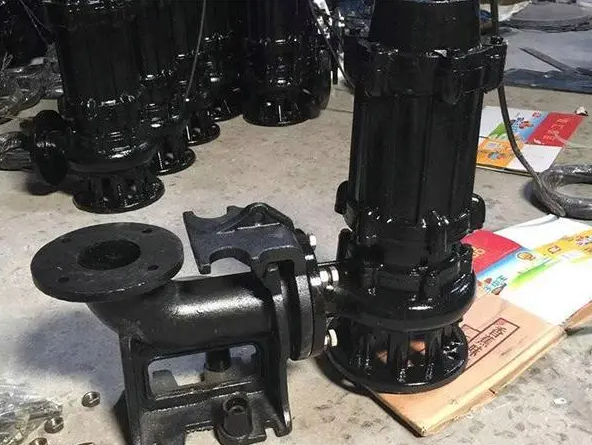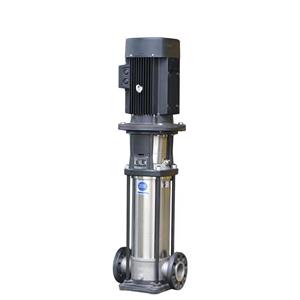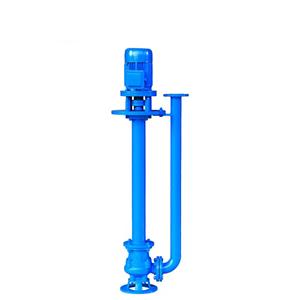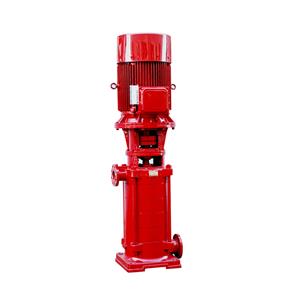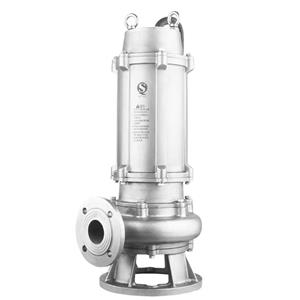Maintenance du système mécanique des pompes à eaux usées
The maintenance of the mechanical system of the sewage pump is the key to ensure its normal operation, improve operating efficiency and extend its service life. The following is a detailed explanation of the maintenance of the mechanical system of the sewage pump:
1. Daily inspection and maintenance
Pipeline and connection inspection:
Regularly check whether the sewage pump pipeline and its connection parts are tight and there is no looseness. Manually rotate the sewage pump to confirm whether it runs flexibly.
Bearing lubrication:
Inject an appropriate amount of bearing lubricating oil into the bearing body, ensure that the oil level is at the center line of the oil mark, and regularly check the oil quality and oil quantity, and replace or replenish the lubricating oil in time. For newly put into use, the lubricating oil should be replaced after 100 hours of operation, and then the lubricating oil should be replaced every 500 hours of operation.
Pre-charging and start-up preparation:
Open the water inlet screw plug of the sewage pump body, inject clean water or slurry for pre-charging, especially for self-priming sewage pumps, this step is particularly critical.
Make sure that the gate valve, outlet pressure gauge and inlet vacuum gauge of the outlet pipeline are all in the closed state to prepare for starting.
Motor jog test:
Perform a motor jog test to verify whether the motor direction is correct, and then start it formally after ensuring that it is correct.
Start and operation observation:
Start the motor, wait for the sewage pump to run stably, open the outlet pressure gauge and the inlet vacuum gauge, observe the pressure display, and gradually open the gate valve. At the same time, pay close attention to the motor load condition to ensure that it is within the normal range.
2. Monitoring and adjustment during operation
Flow and head control:
Try to ensure that the flow and head of the sewage pump meet the specified range on the equipment nameplate to achieve optimal operating efficiency and energy saving effects.
Temperature monitoring:
Pay close attention to the bearing temperature to ensure that it does not exceed the ambient temperature of 35℃, and the maximum temperature does not exceed 80℃ to avoid overheating damage.
Abnormal handling:
Once the sewage pump is found to be running abnormally or making abnormal noises, it should be stopped immediately for inspection, and continue to run after troubleshooting.
3. Regular maintenance and overhaul
Packing gland adjustment:
Regularly check and adjust the packing gland to ensure that the packing chamber maintains a suitable dripping state to avoid excessive or insufficient leakage.
Sleeve and mechanical seal inspection:
Vérifiez régulièrement l'usure du manchon. Si l'usure est importante, remplacez-le à temps. Vérifiez également le bon état de la garniture mécanique. En cas d'anomalie, réparez-la. Vérifiez si l'huile de la garniture mécanique est trouble. Si elle est trouble, remplacez-la à temps.
Démontage et entretien général :
Après un an d'utilisation, la pompe à eaux usées peut être repeinte pour prévenir la rouille, en fonction de la corrosion superficielle. Après deux ans d'utilisation, un démontage et un entretien complets doivent être effectués. L'usure et la corrosion de chaque composant doivent être démontées et vérifiées, puis réparées ou remplacées si nécessaire. Parallèlement, ajustez l'espace entre chaque pièce, ajustez et mesurez l'horizontalité et la verticalité du corps de pompe, et appliquez une peinture anticorrosion sur la surface et les fondations de l'équipement.
Traitement des pannes saisonnières et de longue durée :
Lors de l'utilisation de la pompe à eaux usées en hiver, ouvrez le bouchon de vidange situé sous le corps de la pompe après l'avoir garée et vidangez complètement le fluide afin d'éviter le gel et la fissuration du corps de la pompe. Si la pompe à eaux usées doit rester inutilisée pendant une longue période, il convient de la démonter entièrement, d'éliminer l'humidité interne et d'appliquer de la graisse antirouille sur les pièces rotatives et les raccords avant de la ranger correctement.
IV. Maintenance professionnelle et support technique
En cas de panne de la pompe à eaux usées, il est conseillé de la faire réparer rapidement par un professionnel. Ne l'ouvrez pas et ne la réparez pas vous-même sans en connaître la structure interne. Veillez à la réparer sous tension pendant son utilisation. Après réparation, vérifiez l'isolation et l'étanchéité de la pompe afin de garantir son bon fonctionnement en cas de nouvelle utilisation.
